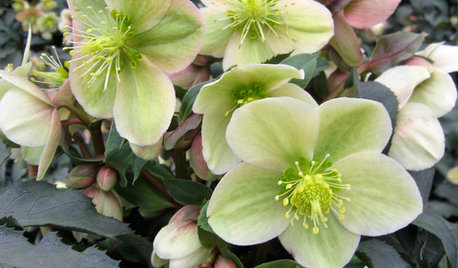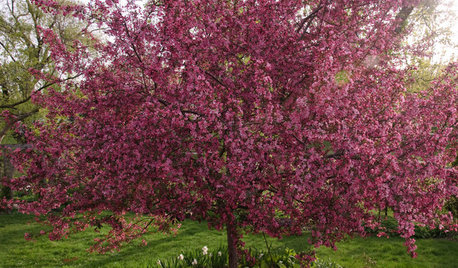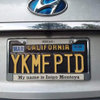question about hybridizing hostas
marricgardens
10 years ago
Related Stories

GARDENING GUIDESNew Ways to Think About All That Mulch in the Garden
Before you go making a mountain out of a mulch hill, learn the facts about what your plants and soil really want
Full Story
BUDGETING YOUR PROJECTConstruction Contracts: What to Know About Estimates vs. Bids
Understanding how contractors bill for services can help you keep costs down and your project on track
Full Story
CONTRACTOR TIPSBuilding Permits: What to Know About Green Building and Energy Codes
In Part 4 of our series examining the residential permit process, we review typical green building and energy code requirements
Full Story
GREEN BUILDINGLet’s Clear Up Some Confusion About Solar Panels
Different panel types do different things. If you want solar energy for your home, get the basics here first
Full Story
MAN SPACESA Los Angeles Basement Becomes a Cozy Man Cave
Raw storage space in a Hollywood writer's home is transformed into a masculine home office hybrid
Full Story
WINTER GARDENINGGreat Design Plant: Gold Collection Hellebores Perform Like Stars
Exciting colors, longer bloom times, forward-facing flowers ... These hybrids leave old hellebores in the dust
Full Story
KITCHEN DESIGNTake a Seat at the New Kitchen-Table Island
Hybrid kitchen islands swap storage for a table-like look and more seating
Full Story
GARDENING GUIDESGreat Lakes Gardener's May Checklist
Let's talk about brilliant flowering trees. About blooms to light up a shade garden. And, of course, about everyday garden tasks
Full Story
BATHROOM DESIGNHow to Know if an Open Bathroom Vanity Is for You
Ask yourself these questions to learn whether you’d be happy with a vanity that has open shelves
Full Story
GARDENING AND LANDSCAPINGPave the Way to Landscape Style With Flagstone
Define a patio, build a path, make a fire pit ... learn about flagstone's many uses, plus costs and considerations, here
Full StoryMore Discussions










timhensley
marricgardensOriginal Author
Related Professionals
Havre de Grace Landscape Architects & Landscape Designers · Wheeling Landscape Architects & Landscape Designers · Surprise Landscape Contractors · Amesbury Landscape Contractors · Framingham Landscape Contractors · Post Falls Landscape Contractors · Salem Landscape Contractors · St. Louis Landscape Contractors · Centennial Fence Contractors · Chicago Fence Contractors · Goose Creek Fence Contractors · Lockport Fence Contractors · Pennsauken Fence Contractors · Sandy Fence Contractors · Van Nuys Fence Contractorswoodnative
ken_adrian Adrian MI cold Z5
marricgardensOriginal Author
in ny zone5
User
Steve Massachusetts
User
donrawson
smorz
donrawson